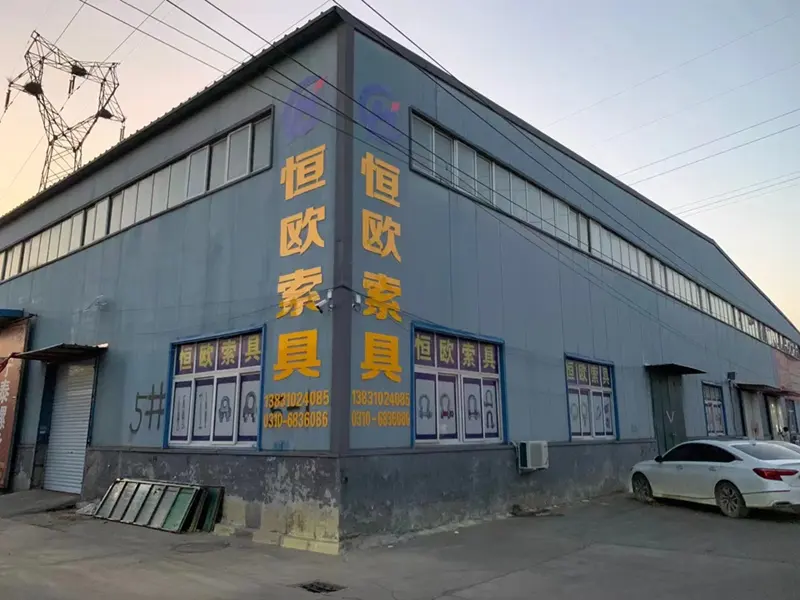
Sep . 28, 2024 13:38 Back to list
Exploring the Applications of Hydroxypropyl Methylcellulose in Tablet Formulations
Hydroxypropyl Methylcellulose Versatile Applications in Tablet Formulation
Hydroxypropyl methylcellulose (HPMC) is a semi-synthetic polymer widely recognized for its diverse applications in the pharmaceutical industry, especially in tablet formulations. This multifunctional excipient plays various roles, enhancing the properties of dosage forms and ensuring optimal therapeutic efficacy.
Composition and Properties of HPMC
HPMC is derived from natural cellulose, modified with hydroxypropyl and methyl groups. Its unique chemical structure imparts several beneficial properties, including excellent film-forming capabilities, controlled release characteristics, solubility in both hot and cold water, and stability over a range of pH levels. As a non-ionic polymer, HPMC does not interfere with the drug's activity, making it suitable for various active pharmaceutical ingredients (APIs).
Applications in Tablet Formulation
1. Binder in Tablet Manufacturing
HPMC serves as an effective binder in the wet granulation and direct compression processes. Binders promote adhesion between particles, ensuring that tablets hold their shape during compression and subsequent handling. HPMC's versatility allows it to enhance the mechanical strength of tablets, reducing the likelihood of breakage during transportation and storage.
2. Controlled Release Agent
One of HPMC's most significant roles in tablet formulation is its ability to regulate the release of active ingredients. When incorporated into matrix tablets, HPMC forms a gel-like layer upon contact with moisture. This gel forms a barrier that gradually dissolves, allowing for a controlled and sustained release of the drug over an extended period. This property is particularly advantageous for medications that require a prolonged therapeutic effect or reduced dosing frequency, improving patient compliance.
3. Disintegrant
hydroxypropyl methylcellulose uses in tablets

HPMC can also function as a disintegrant, facilitating the breakup of tablets upon ingestion. This property ensures rapid disintegration in the gastrointestinal tract, promoting quicker dissolution and absorption of the active ingredient. Incorporating HPMC in disintegrating agents helps achieve an optimal balance between tablet hardness and disintegration time.
4. Film-Former
The film-forming capability of HPMC makes it an ideal component in the production of film-coated tablets. Film coatings not only enhance the aesthetic appeal of tablets but also provide protection against moisture, light, and oxygen, which can degrade sensitive ingredients. Furthermore, film coatings can mask unpleasant tastes, improving the overall patient experience.
5. Stabilizer for Suspensions and Emulsions
In addition to its role in solid dosage forms, HPMC is also utilized in the formulation of liquid medications, such as suspensions and emulsions. It acts as a stabilizer, preventing sedimentation by increasing the viscosity of the formulation. This property is vital for ensuring the uniformity and efficacy of liquid medications, especially when they contain particulate matter.
Advantages of HPMC in Formulations
The use of HPMC in tablet formulations offers several advantages. Firstly, its compatibility with a wide range of drugs allows formulators to utilize it across various therapeutic classes. Secondly, HPMC is non-toxic and well-tolerated, making it suitable for use in formulations intended for sensitive populations, including children and the elderly. Thirdly, as a plant-derived agent, HPMC meets the growing demand for vegetarian and vegan formulations, aligning with current consumer preferences for sustainable ingredients.
Conclusion
Hydroxypropyl methylcellulose is a remarkable excipient that has revolutionized tablet formulation in the pharmaceutical industry. Its multifunctionality as a binder, controlled release agent, disintegrant, film former, and stabilizer makes it an indispensable component of modern dosage forms. As the pharmaceutical landscape continues to evolve, the demand for efficient, safe, and patient-friendly formulations will undoubtedly lead to increased applications of HPMC in innovative drug delivery systems. In light of its myriad benefits, HPMC remains a focal point for researchers and developers aiming to enhance therapeutic outcomes and improve patient adherence to medication regimens.
-
Versatile Hpmc Uses in Different Industries
NewsJun.19,2025
-
Redispersible Powder's Role in Enhancing Durability of Construction Products
NewsJun.19,2025
-
Hydroxyethyl Cellulose Applications Driving Green Industrial Processes
NewsJun.19,2025
-
Exploring Different Redispersible Polymer Powder
NewsJun.19,2025
-
Choosing the Right Mortar Bonding Agent
NewsJun.19,2025
-
Applications and Significance of China Hpmc in Modern Industries
NewsJun.19,2025







